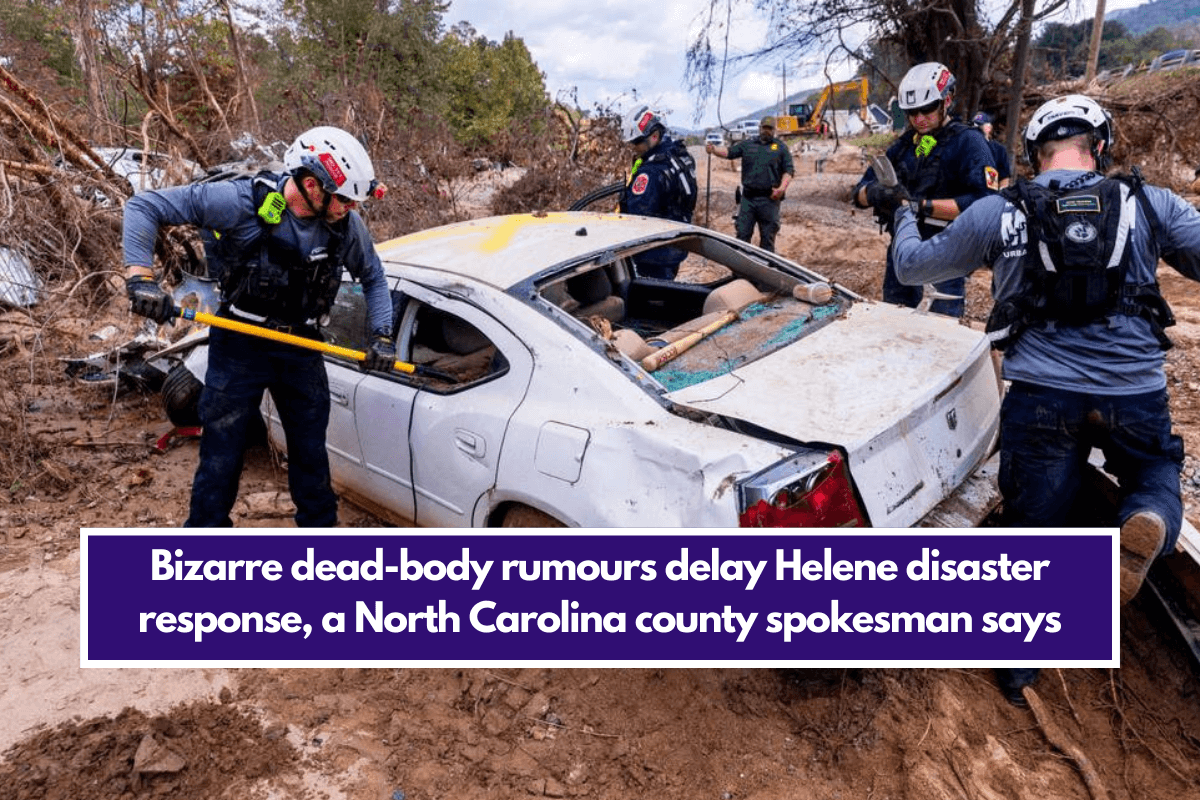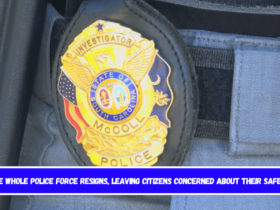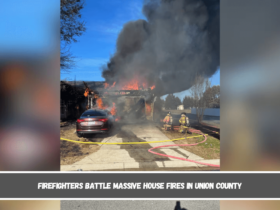The spokeswoman for Buncombe County, which has been significantly affected, stated on Thursday that false rumours circulating on social media are undermining the emergency response to the Helene disaster in Western North Carolina.
“1,000 unidentified bodies” at the Asheville hospital, one rumour suggested this week. “Buzzards abound.”
The CEO and founder of a beverage company in Charlotte contributed to the misinformation by sharing the rumour with her Facebook followers, as indicated by a copy of her post examined by The Charlotte Observer.
Two thousand people trapped in a Candler church, another rumour that has since been debunked stated.
A photo circulated online depicted individuals in what is claimed to be a mudslide in the North Carolina mountains during Helene. According to Buncombe County spokeswoman Lillian Govus, the slide occurred in a different part of the world and was not related to Helene.
“That is not accurate,” Govus stated in response to a question from The Charlotte Observer and The (Raleigh) News & Observer during her county’s daily Helene disaster-response news conference on Zoom.
“And those are painful, because … we must redirect resources and ensure that our emergency personnel address that item on the list.” This might be the fourth occasion on which we’ve accomplished that.
“… It diverts time and resources from our ability to perform those essential lifesaving actions in our community,” Govus stated.
“At this moment, accurate information is essential,” she stated. “However, while we strive to share accurate, correct, and truthful information promptly, addressing bizarre rumours presents a significant challenge for us to navigate.”
“I kindly request that if you feel the urge to share information on social media, please ensure that those sources come from the county, the city of Asheville, the agencies supporting us at the federal and state levels, including North Carolina Emergency Services, as well as verified individuals.”
Kody Kinsley, secretary of the N.C. Department of Health and Human Services, referred to the social media rumours of hundreds of bodies piled up as “disinformation.”
“That’s simply not accurate,” he stated on Thursday.
“We don’t have a significant backlog of work here,” Kinsley stated. “We are not processing a significant number of decedents.”
On Wednesday afternoon, he stated that North Carolina was in the process of identifying four bodies.
The state has confirmed 115 deaths attributed to Helene, with the sheriff of Buncombe County reporting 72 fatalities within his jurisdiction, according to The News & Observer.
“Our search and recovery efforts continue unabated,” stated Buncombe Sheriff Quentin Miller. “We have been making continuous efforts to achieve that.” We must continue. We must persist in our progress.















Leave a Reply